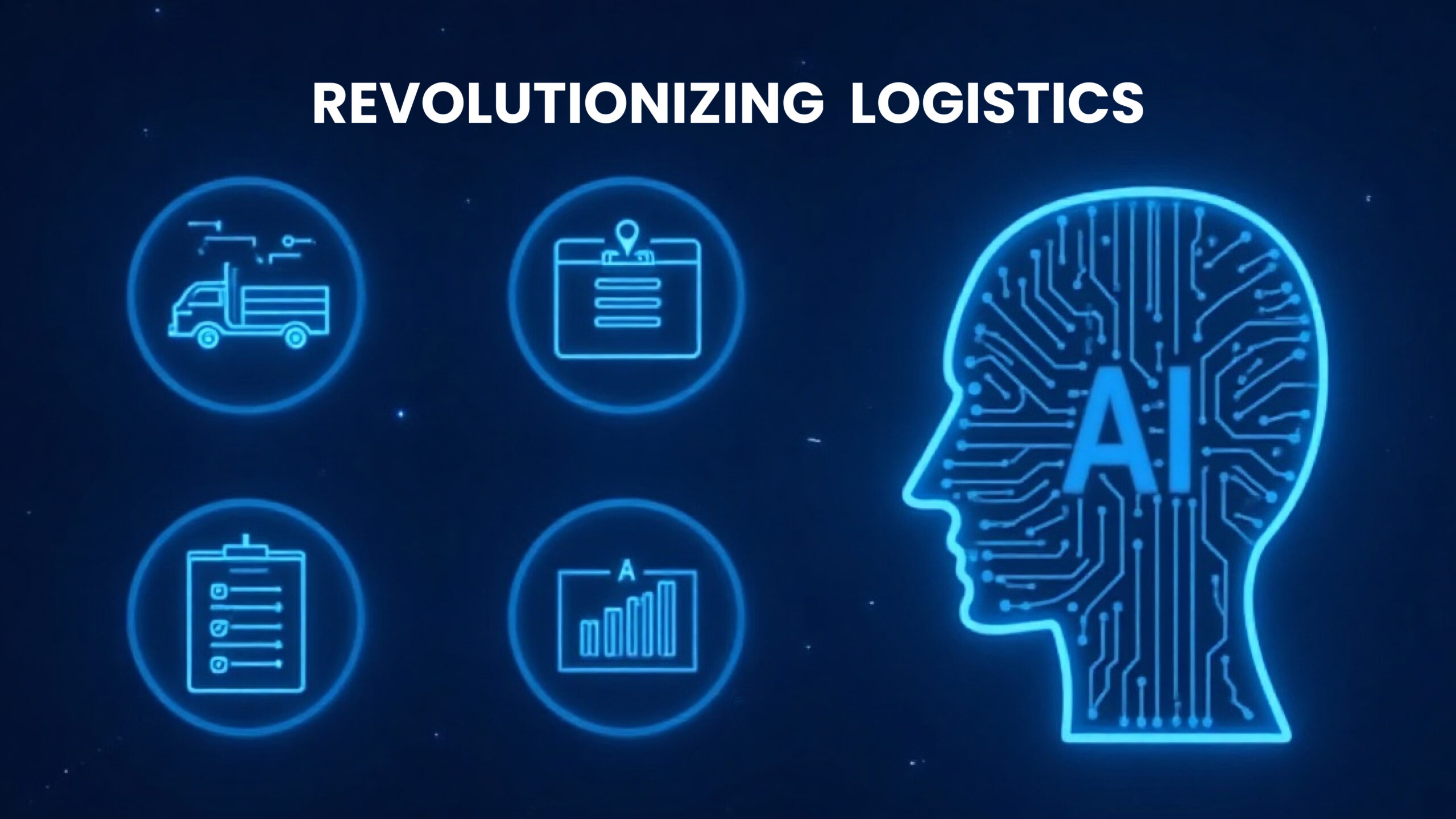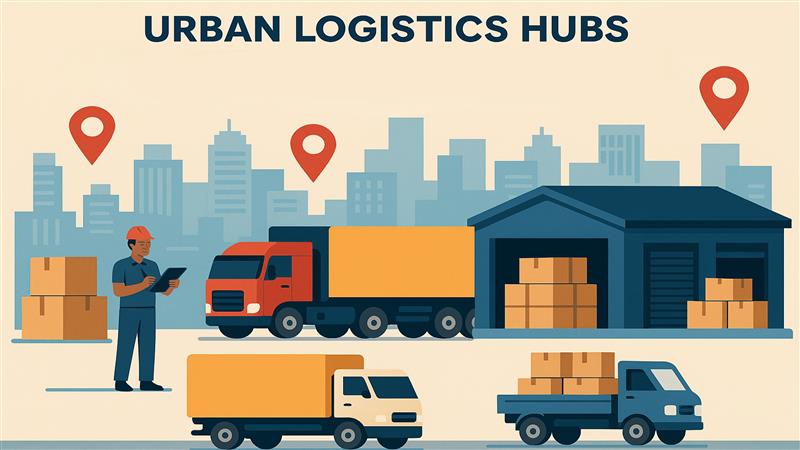India currently hosts the world’s largest GCC base, with 17% of global GCCs operating within its borders as of 2024. As we enter 2025, the Indian GCC landscape is poised for significant transformation. This report delves into ten key predictions that will shape the future of these centers, covering advancements in technology, talent acquisition, and the evolving role of GCCs in the global business ecosystem.
Trend 1
MNCs are no longer solely focused on cost optimization when establishing GCCs. The emphasis has shifted towards strategic value creation. The decision to invest in a GCC’s hinges on its ability to drive innovation, foster a digital-first approach, and generate sustainable competitive advantages. While cost-effectiveness remains an important factor, it is now viewed as an incidental benefit rather than the primary driver for GCC establishment, (Blog from Zinnov, December 2024).
Trend 2
The rapid expansion of GCCs in India is poised to extend its reach to Tier 2 cities such as Coimbatore, Indore, Mangalore, and Bhubaneswar. These emerging talent hubs offer valuable benefits such as highly skilled workforce, lower operating costs due to a more affordable cost of living, and potentially higher employee retention rates as compared to Tier 1 cities. This strategic shift will not only benefit businesses but also contribute significantly to the economic development of these emerging regions. (Economic Times article, December 2024.)
Trend 3
Indian state governments are targeting GCCs by implementing policies aimed at attracting investments, such as the latest Karnataka GCC Policy 2024-2029. States like Uttar Pradesh, Madhya Pradesh, Telangana, and Maharashtra are offering compelling incentives, including tax breaks and infrastructural support, in the hopes of projecting themselves as worthy choices for new GCCs to set up. This increased competition among states provides GCC investors with a wider range of options and more favourable conditions.
Trend 4
Existing and new GCCs are adopting a multi-functional model, in place of traditional spaces like operations and technology. These centers plan to expand their scope to include research and development, finance, marketing, and data-analytical functions. This fosters cross-functional collaboration, leading to innovation in various departments. This positions GCCs as crucial to a company’s global strategy. GCCs offer diverse capabilities, helping corporations streamline their operations, deliver solutions that support long-term goals of businesses and even highlights the potentials of GCCs becoming digital twins of their HQ’s. (Communications Today article, June 2024)
Trend 5
GCCs are keenly focusing on the adoption of cloud computing, AI integration, and an overall digital-first approach. GCCs have realized that leveraging technology, operations, and back-office innovations is essential to stay abreast of competition. This approach ensures streamlined and automated processes that produce great efficiency while also enabling flexibility and cost-efficiency. AI is utilized for advanced data analysis and optimizing operations. This trend is critical to enhance productivity, increase innovation, and deliver better solutions and services. This ultimately sets GCCs as vital players in business transformation. (Blog from Denave, December 2024)
Trend 6
A blog from Morgan Lewis (June 2024), states that the traditional method of parent companies establishing independent subsidiaries is becoming obsolete due to the rise of BOT (Build-Operate-Transfer) and vendor-assisted GCC models. These models offer better scalability, reduced risk, and lower upfront investment. Companies can leverage external vendors’ expertise, infrastructure, and talent pools, for quicker implementation and better operations. The BOT model allows companies to operate a GCC with the ability to transfer ownership after it is fully established. This approach is flexible and low risk, allowing corporations to focus on core business functions while mitigating the complexities of managing different units.
Trend 7
In high-demand jobs like AI, data analytics, and cybersecurity the competition for talent is on the rise. This necessitates making talent retention and re-skilling critical decision points for the boardroom. A blog from Zinnov (May 2024) highlighted, companies must prioritize upskilling their workforce to meet technological demands while offering career opportunities to retain top talent. To improve employee retention and prepare the workforce for the future, organizations must cultivate a culture of continuous learning and offer flexible work arrangements. These initiatives are crucial for enhancing job satisfaction and ensuring employee retention.
Trend 8
As Tier 2 cities emerge as prominent talent hubs, and the competition for professionals grows, corporations are expending more energy in their hiring processes, as highlighted in a blog from Zinnov (August, 2024). In high-demand fields like AI, data science, and sustainability hiring approaches are focused on new talent. These cities offer a large talent pools at a lower cost, along with improvements in infrastructure educational programs and continued support from the government. Companies plan to leverage this untapped asset to reduce recruitment costs, and maintain a stable yet skilled workforce. This technique ensures that diverse skills can be accessed and that organizational capabilities in vital areas of potential growth can be strengthened.
Trend 9
The workforce expectations have evolved and GCCs are adapting by taking advantage of the hybrid work model with flexible variations (EY article, September 2024). Adopting a blend of in-office and remote work offers employees greater flexibility while holding onto operational efficiency. This helps companies tap into the broader talent pool of Tier-2 cities while supporting work-life balance, making this model extremely popular. Some corporations may adopt a more flexible model, with employees working remotely or collaborating during core office hours, depending on their roles. This approach reduces office space requirements, thereby helping to optimize costs. Embracing hybrid work models, GCCs can improve employee satisfaction, increase productivity, and create a diverse and resilient workforce.
Trend 10
Partnering with top educational institutions and other talent sources is a major method larger GCCs use to create a steady pipeline of trained professionals. These collaborations ensure the creation of talent pools in fields like AI, data science, and cybersecurity. GCCs can shape talent development to meet industry standards by offering placements, and internships and aiding in curriculum design. In addition to this, multiple government-funded skilling initiatives have been created to address the talent shortage in specialized fields like sustainability. These types of programs help provide quality training and certification to build a strong workforce. Thereby effectively addressing the GCCs’ need for a readily available pool of skilled talent.
Understanding these trends can help companies plan informed and effective strategies. GCCs will not only be pivotal in improving global operations, but also contribute towards job creation, upskilling of employees, and development of infrastructure in not just major cities but also in Tier-2 cities.
At Astravise Services, we provide integrated solutions that assist businesses in the effortless establishment and enhancement of their Global Capability Centers (GCCs). We guide you through the entire GCC journey, from strategic planning and model selection (including BOT and vendor-assisted approaches) to infrastructure development, talent acquisition, and operational excellence. Trust our expertise to deliver tailored, scalable solutions that drive value, reduce costs, and support your global business objectives at any location of your choice. Our goal is to transform your GCC into a hub of innovation and efficiency. Reach out to Astravise Services for a free consultation, today.










